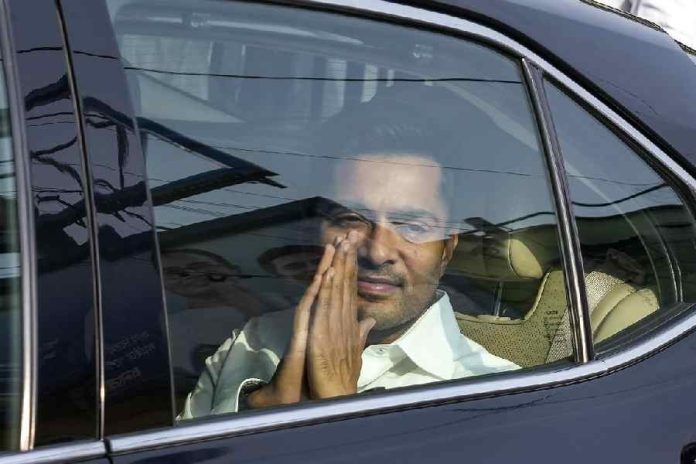9 June 2024: A detailed analysis of the recent Lok Sabha elections data suggests that the Trinamool Congress (TMC) could have secured six additional seats in Bengal if they had allied with the INDIA bloc, rather than contesting alone. These six seats – Maldaha Uttar, Raiganj, Purulia, Bishnupur, Balurghat, and Tamluk – were won by the BJP with margins smaller than the combined votes of the Left-Congress alliance.
A unified opposition could have also turned the contests in Bongaon, Jalpaiguri, and Kanthi into close races. The BJP’s victory margins in these seats were only marginally more than the votes garnered by the Left-Congress combine, suggesting that an INDIA bloc could have shifted the balance.
This united fight seemed feasible following the initial INDIA bloc meetings in Patna and Bengaluru last year. However, delays in finalizing seat shares and Mamata Banerjee’s reservations about the CPM and state Congress chief Adhir Chowdhury led her to declare in January that the TMC would contest independently in Bengal.
The Congress, after unsuccessful negotiations with TMC, reluctantly formed a seat-sharing agreement with the Left close to the elections. In the end, TMC won 29 out of Bengal’s 42 Lok Sabha seats, the BJP secured 12, and the Left-Congress alliance managed just one seat.
Data analysis, based on Election Commission statistics, indicates that a united opposition would have significantly altered the final results:
– The BJP would have comfortably retained only three seats: Alipurduar, Ranaghat, and Darjeeling.
– Bongaon, Kanthi, and Jalpaiguri would have been highly contested.
– The BJP would have likely lost Maldaha Uttar, Raiganj, Purulia, Bishnupur, Balurghat, and Tamluk.
The analysis reveals important insights into the evolving political landscape in Bengal. Despite Mamata Banerjee’s strategy to benefit from a three-cornered fight by splitting anti-TMC votes, the data suggests otherwise. The BJP’s vote share of 38.7%, while slightly lower than its 2019 share, remains higher than its 2021 Assembly election performance. Conversely, TMC’s vote share dropped by about 2 percentage points from the 48% it achieved in 2021.
These trends indicate the BJP’s growing influence in Bengal, challenging TMC’s dominance. Mamata Banerjee has blamed the Left-Congress alliance for dividing the secular vote and facilitating BJP victories. The Congress, on the other hand, criticized her limited offer of seats to potential INDIA partners as the reason for the failure to form a united front.
As the opposition celebrates the BJP’s inability to secure a majority on its own, it is clear that internal differences must be resolved to present a united challenge to divisive forces. While the BJP faces setbacks, it remains a formidable force with a strong desire to establish control over Bengal.




